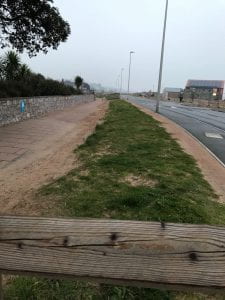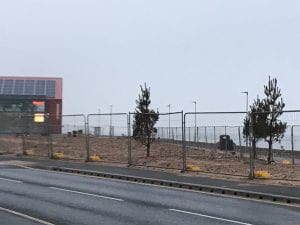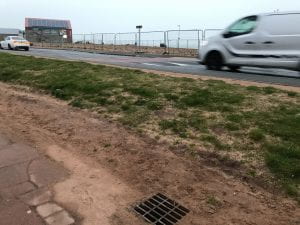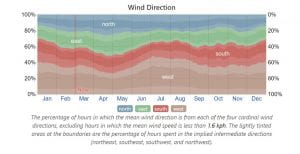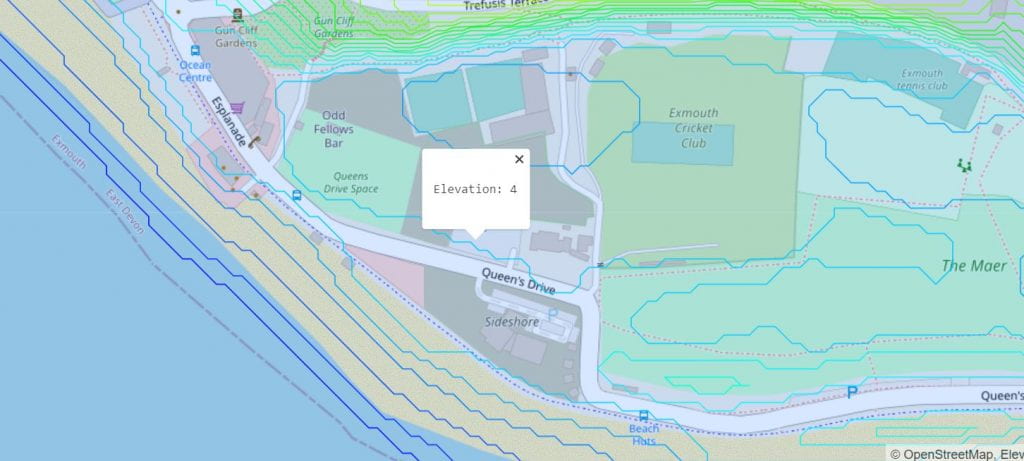Where does it come from and where does it go?
Whatever we take, we must return.
Permaculture: A Designers’ Manual by Bill Mollison p12
Everything we use comes from somewhere and goes somewhere after we have finished with it. The permaculture ethic, Earth Care, demands that we consider how we live and the impact that we have on the planet. If we eat food that we grow, it is easy to say where it has come from and where it goes afterwards. There seems to be a saying in permaculture that in nature there is no such thing as waste; the leaves that fall break down and provide nutrients for the micro-organisms in the soil, broken branches eventually rot and do the same, bird droppings provide fertiliser for nearby plants. Everything is in a large and sometimes complex loop where nothing is wasted. And in permaculture, we are using nature’s systems to learn from and replicate where appropriate. We know that we need to reduce our waste and so this task is about making me more aware of the issues involved in every day products that I use. Just the sort of activity for a wet afternoon.
I have chosen bubble bath to look at in more detail because I do love bubble bath and it does make cleaning out the bath after use much easier. In fact, if I think about the water, I should be having short showers rather than a bath but will leave that aside for now. I won’t name the bubble bath because it is not about the manufacturer but more about me, my behaviours and what I know about products that I regularly use. I have chosen to use Milkwood’s Life Cycle Analysis Tool to guide me through this process.
What are the ingredients of the product?
Aqua (do they mean water?), sodium laureth sulfate, sodium chloride, Cocamidopropyl Betaine, Parfum, styrene/acrylates copolymer, DMDM hydantoin, Glycerin, Disodium EDTA, Citric acid, sodium hydroxide, polyquarternium-7
Cosmeticsinfo.org has really good information about many of these ingredients as well as the individual sites I have linked to.
All of the ingredients are chemically made and many of the websites I looked at said that they were safe in the quantities allowed in cosmetics. Something to think about. Because they are made chemically, there will be waste products as a result of manufacture of each item and then the bubble bath itself.
The bubble bath is made in the UK so whilst there will be quite a few miles before it gets to me, it isn’t as bad as some items.
There is waste produced as a result of using it – contaminated water that will need more cleaning than if I hadn’t used it. The packaging is recyclable and contains 25% recycled plastic. I did read that the supermarket’s own brands are cruelty-free and this blog provides excellent lists about products sold in the said shop that are all cruelty-free. Bubble bath isn’t included but many other hair and skin products are if you wanting to make a more informed choice.
So, on reflection do I think I should be using bubble bath – I don’t. I have looked around for products that are more ethical and the best I found is this from a company that is very transparent about ingredients, how they are made and with reduced packaging but now I think it is a product I should refuse. Blimey! I expected to go through this process and come out the other end changing the product to a ‘better’ one but still using it. Not the case!
Give the process a go yourself.
And finally, should ‘Repair’ be on the diagram used at the start of the post?
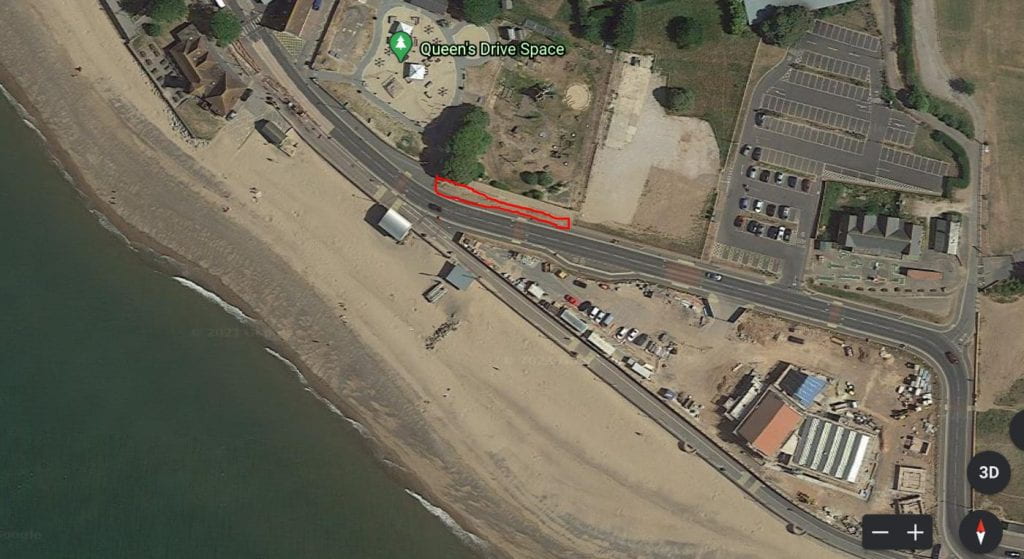
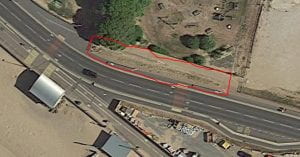
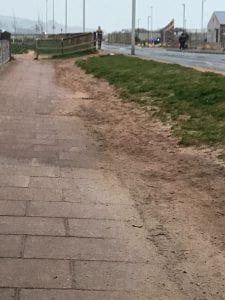 The land is quite steeply sloped down to the pavement and the pavement has a slight slope towards the land. What this means is that when it rains, a large puddle builds up because the one and only drain fills up with sand over time. I am also pretty sure that the drain leads straight through to the beach and the water is not spread throughout the patch of land ready to be used by the plants that are there.
The land is quite steeply sloped down to the pavement and the pavement has a slight slope towards the land. What this means is that when it rains, a large puddle builds up because the one and only drain fills up with sand over time. I am also pretty sure that the drain leads straight through to the beach and the water is not spread throughout the patch of land ready to be used by the plants that are there.